Top 15 Westerns of 21st Century: To describe a Western is not an easy job. Can it be defined as a genre based on the physical location? It is true that many of the westerns have been set on the American continent, but there have been variants that have placed it in other locales. It can’t be placed in one time period only, (i.e., the 19th century) given that we’ve had a number of successful neo-westerns. Neither can it be claimed to be a purely ‘American’ product, given how westerns have been produced in Japan, Korea, Italy, Spain, and Australia.
At the same time, Western is an interesting phenomenon. It is a genre unlike any other. Genres such as horror, romance, or comedy are based on a particular emotion or feeling, but ‘Westerns’ reflect a particularly challenging environment. This could be in terms of the physical location, or a specific set of circumstances. These challenges could be the (hot or cold) desert of the classic/revisionist western, where the elements of nature become one with the trials that the characters have to face. Or this could be the moral dilemmas that come across the characters in tricky situations.
At one point, the most popular genre in cinema, the western has lived through the ages and its glory is akin to a fortress secure. We’ve had several successful westerns in the last couple of decades, including those which have gone on to win critical acclaim.
Here we look at the top 15 westerns of 21st century.
15. The Proposition (2005)
Set in the 1880s, John Hillcoat’s Australian western deals with the tough life in the Australian towns and wilderness in the 19th century. Captain Morris Stanley (Ray Winstone) strikes a deal with outlaw Charlie Burns (Guy Pearce) to save his brother Mikey, if he can get to him his older brother, the dreaded outlaw Arthur Burns (Danny Huston) who is wanted on charges of rape and murder.
However, this task is not an easy one and both parties have to face the consequences of their decision.
Related Read To Westerns of 21st Century: Revising The Westerns: The Sisters Brothers, The Ballad of Buster Scruggs & Damsel
Ray Winstone and Danny Huston shine through in their roles and a special appearance by John Hurt lights up the proceedings. Emily Watson is exceptional in her role as Martha Stanley, the wife of Captain Morris who is reeling under the loss of a close friend. The cinematography does a beautiful job of capturing the Australian wilderness which is a symbol of both hope and sorrow. The film has several indigenous actors in crucial roles and accurately depicts the harsh ‘Australian life’ that natives had to face in the 19th century.
14. Bone Tomahawk (2015)
Bone Tomahawk is a different type of Western given it is a cannibal Western. Set in the 1890s, the movie deals with the encounter of the townsfolk of Bright Hope with a cannibal tribe. The Troglodytes kidnap a number of townsmen including the doctor (Lili Simmons), which leads to a search party being formed to rescue them. The search party includes the town sheriff, his deputy, the doctor’s husband, and a war veteran. What starts off as an adventure to save people soon turns into a tense situation of life and death, where sacrifices of the highest order have to be made.
Read: Damsel (2018) Review: A Thoughtful, Absurdist Adventure Drama Set In The Mythic West
The movie is led by its stellar casting in the form of Kurt Russell, Patrick Wilson, and Richard Jenkins along with special appearances by David Arquette, Sid Haig, and Zahn McClarnon. The film also deals with the difficulties of frontier life in the late 19th century, reflects the racial antagonism which existed towards the Indians in the era, and overall, is a grittier if fantastic retelling of the West.
13. The Good, The Bad, The Weird (2008)
This Korean Western takes a lot from Sergio Leone’s spaghetti westerns and puts them in the world of a Korean action-comedy. Like the Italian maestro’s epic, The Good, The Bad and The Ugly, Kim Jee-Won’s western is about the search for a buried treasure and features three main characters: The Good, a bounty hunter named Park Do-Won (Jung Woo-sung), The Bad, a merciless killer Park Chang-yi (Lee Byung-hun) and the weird, a small-time crook Yoon Tae-goo. (Song Kang-ho)
Related Read to Westerns of 21st Century: The 37 Best Korean Movies of the 21st Century
There are also other interested parties such as the Japanese army, the Korean independence fighters, and bandits, which help in ensuring that the movie never drops in its pace and intensity. The late 30s wartime setting in Manchuria helps in adding an element of uncertainty to the plot. The movie is beautifully shot, with well-crafted fight sequences in the desert.
12. Wind River (2017)
Like Sergio Corbucci’s The Great Silence, Wind River is a snow Western. Like Corbucci’s great movie, Taylor Sheridan’s murder-mystery Western deals with bleak themes which one would often not see discussed in Westerns. Set in the Wind Indian River reservation in Wyoming, the movie begins with expert tracker Cory Lambert (Jeremy Renner) discovering the body of a dead girl in the reservation. He teams up with FBI agent Jane Banner (Elizabeth Olsen) and Tribal Police Chief, Ben Shoyo (Graham Greene) to solve this case.
Related Read to Westerns of 21st Century: The 10 Best Marathi Films of the 21st Century
While the movie plays out like a predictable crime thriller, it stands out because it highlights the issue of the high number of indigenous women who go missing or are murdered in Canada and the United States. The helplessness of parents as their children’s lives fall apart is reflected through the eyes of Natalie’s parents while Cory is someone who has faced the same situation in the past. The movie has a Paul Kersey-style approach towards justice but generally holds up well.
11. The Hateful Eight (2015)
Quentin Tarantino’s The Hateful Eight is a slow-moving mystery Western. Set in Wyoming in the post-Civil War period, the movie begins with a bounty hunter, Major Marquis Warren (Samuel L. Jackson) hitching a ride with another bounty hunter, John Ruth (Kurt Russell), who is taking a fugitive (Jennifer Jason Leigh) to the town of Red Rock. On the way, they meet several faces, known and unknown, who might or might not be telling truth about their past.
Also, Read: Every Quentin Tarantino Movie Ranked
The movie boasts of a star-cast of Tarantino regulars such as Samuel L. Jackson, Tim Roth, Bruce Dern, and Kurt Russell among others. And Tarantino uses the resources at his disposal to best effect, including excellent use of music provided by one of the greatest film composers ever, Ennio Morricone. Unlike, the usual Tarantino fares, the violence is held back in the initial hour or so, even as the tension builds up. The Hateful Eight is a very different kind of Tarantino film. However, it doesn’t hold back in unleashing one surprise after the other in its second half.
Watch The Hateful Eight on Netflix
10. Slow West (2015)
Slow West is the most original movie on this list. It perfectly blends its dream-like quality with the idealism of the protagonist, Jay Cavendish (Kodi Smit-McPhee) and the rugged landscape helps one understand the complexity of people living their lives on the western frontier. The movie is about Scotsman Jay trying to live his American dream, that of finding his love Rose (Caren Pistorius) when he meets a bounty hunter Silas Selleck (Michael Fassbender) who seeks to help him in his adventure.
Related Read: Horror Movies Then Vs. Now: How Filmmakers Managed To Get You Cowering In The 21st Century
The film’s uniqueness stems from the fact that it seeks to challenge the romantic vision of the orthodox westerns without necessarily revising the narrative. On the one end, there are the tidy houses, picturesque landscapes, and presence of familial bonds on the surface of the film, however, this is contrasted with the wildness of the west, the outlaws who become bounty hunters, the neat houses being splashed with blood and violence, and the people who have ulterior motives to their aims. The movie makes one sit in awe as well as question the American dream at the same time.
9. 3:10 to Yuma (2007)
3:10 to Yuma is a remake of the 1957 Delmer Daves movie of the same name. Set in the 1880s, the movie is about efforts to board a notorious outlaw Ben Wade (Russell Crowe) to a train leading to Yuma Territorial prison, where he will be kept and hanged soon after, for his multiple crimes. When it becomes clear that his gang would arrive to rescue him, it is decided that an armed group would be needed to get him on that train.
Related Read to Westerns of 21st Century: 10 Best Christian Bale Movie Performances
Dan Evans (Christian Bale) joins this group for monetary reasons but is guided by moral considerations at the same time. The movie becomes more than an average western because of the uneasy bond that eventually develops between Dan and Ben. Ben easily seeps doubts into the minds of his captors but still feels sorry for Dan who lost his farm, meanwhile, Dan has a stronger motivation than simply getting money to save his family and farm. Their character traits end up defining major plays in the movie, however, the ending is a testament to the bond they develop over time in the film.
8. Hell or High Water (2016)
Another product of Taylor Sheridan’s writing, Hell or High Water deals with two brothers, Toby (Chris Pine) and Tanner Howard (Ben Foster), as they go about robbing banks to save their family ranch. They are pursued by Texas Rangers, Marcus Hamilton (Jeff Bridges), and Alberto Parker (Gil Birmingham). The tense Neo-Western is a drawn-out struggle between the robbers and the cops, rather than a fast-paced thriller.
Related Read to Westerns of 21st Century: 10 Great Black and White Movies of the 21st Century
Still, the movie has its action moments and they are written and executed well which gives the movie an authentic feel. The daily struggles of the American working class, a subject that seems close to Sheridan’s heart, are ever-present in the movie. So, we have the two brothers trying to pay off the reverse mortgage for their late mother’s ranch (the terms of which were unfair to her), a waitress (Katy Mixon) who loses her cool when Marcus takes away her 200 Dollar tip to be marked as evidence and dying towns where the new villain seems to be the banks, with their unfair rules for the elderly and the disadvantaged.
7. Rango (2011)
The animated Western Comedy is a modern take on the Western genre as well as a throwback to classic Westerns, especially the Spaghetti Westerns. Rango is the name chosen by a lonely Chameleon, who wanders off to an archetypical Western town filled with anthropomorphic residents, and soon enough is able to pass off as a Hero. He is successful enough to be appointed the new Sheriff, till he uncovers a bigger plot revolving around the only source of sustenance in the desert, Water.
Also, Read: How Bacurau Creates A Political Narrative Through Archetypes and Self-Awareness
This Gore Verbinksi directed feature is a perfect amalgamation of modern-day concerns (environmental degradation, water crisis) with principles often featured in Spaghetti Westerns. The death of the ‘West’ was something referred to often in Tonino Valerii’s “My Name is Nobody” (created under ‘special guidance’ by Sergio Leone), and the same is a recurring theme in Rango. Later, Rango meets “The Man with No Name” who appears as the spirit of the West. An action-packed comedy, it never feels like a drag and its run-time is bearable compared to some of the longer westerns.
Watch Rango on Netflix
6. Django Unchained (2012)
Quentin Tarantino’s take on the iconic Spaghetti Western hero ‘Django’ is a revenge-filled revisionist Western set in 1858-59. While the presence of trademark Tarantino motifs and shots enhance the viewing experience, the film’s main selling point is its story. A black slave (Jamie Foxx) unshackles himself, with the aid of an enlightened doctor (Christopher Waltz), to become a bounty hunter and eventually, goes to search for his beloved wife (Kerry Washington).
Also, Read: 10 Facts You Probably Didn’t Know About Django Unchained
Being a Tarantino movie, there’s an unhindered display of violence and swearing. In his trademark way, the director is able to depict the brutality of the slave trade era. These include a sequence where a slave is fed to the dogs or an inhuman ‘Mandingo’ fight scene. While the film lacks the elements of what could be considered a Spaghetti Western, it doesn’t hold back in giving tribute to the genre. These include the presence of Ennio Morricone’s scores from the period (His Name was King; My Name is Trinity) or the presence of the original Django, Franco Nero, in a special appearance.
Watch Django Unchained on Netflix
5. Bacurau (2019)
2019 Brazilian western by Kleber Mendonça Filho begins with the death of a 94-year-old lady in the village of Bacurau. The matriarch was deeply revered in the community and the death seemingly sets off a chain of inexplicable events. So, mysterious bikers are roaming around in the area, UFOs are seen by locals and suddenly, Bacurau is off the world map. However, things are not what they seem.
Related Read to Westerns of 21st Century: Bacurau (2019): “Seven Samurai” With A South American Charm
Bacurau is a Western meets Twilight Zone episode which seeks to explore several issues including that of colonialism. All but forgotten in the popular narrative of a ‘global village’, the question of colonial excesses is brought back in an unpleasant but spectacular fashion in Bacurau. The apologists of colonial rule tend to give examples of benefits that were accrued during the reign without discussing the economic motivations behind these so-called ‘benefits’ or the widespread death and misery that these ‘benefits’ brought. Bacurau strips away all other elements of the colonial question and focuses on the senseless brutality that was witnessed during the era. It also looks at the complicity of locals (with elements of neo-colonialism also discussed) and seeks to question the idea of who is a ‘criminal’.
4. The Revenant (2015)
Alejandro Gonzalez Innaritu’s epic Western is best known for having fetched Leonardo DiCaprio his first Academy Award for the Best Actor. The film is a fictionalized version of the legend of Hugh Glass. DiCaprio plays Glass, who is left for dead by his trapper party after he is brutally mauled in an encounter with a grizzly bear. The camera work captures the hostile terrain, the symbolic dreams of Hugh Glass, and the action in the film to perfection
Also, Read: Every Alejandro Gonzalez Innaritu Film Ranked
There are some grim sequences, which capture the tension and uncertainty of life in the period. Other than DiCaprio, the movie saw some good performances from Will Poulter and Domnhall Gleeson. However, Tom Hardy’s John Fitzgerald takes the cake as the self-serving, amoral trapper who’ll do anything to live. He is quick to justify his immoral acts as well as influence the gullible Bridger. Innaritu’s splendid work earned him an Academy Award for the best director, his second win in the category.
3. True Grit (2010)
This revisionist western directed by the Coen Brothers received great acclaim for the work of its lead actors, especially Jeff Bridges and Hailee Steinfield. The story is about 14-year-old Mattie Ross’s relentless efforts at getting her father’s murderer to justice. She seeks to employ a washed-out drunk US Marshal, Reuben J. Cogburn, to finish this task. However, to do that she needs to deal with Cogburn’s issues first.
Also, Read: 25 Memorable Movie Fathers of the 21st Century
The movie is adequately paced with it neither going overboard with action nor slowing down too much. The viewer is educated about the environment through the lens of Roger Deakins, while the direction helps one absorb the characters to the fullest. This could be the boring ravings of Cogburn or the nonsensical ‘man-manlier-manliest’ contests between Cogburn and Laboeuf (Matt Damon). Steinfield shines as the fearless and resourceful Mattie, who has only one goal in her mind; to avenge the loss of her father.
The movie is often compared favourably in comparison to an earlier adaptation of the same work (Charles Portis’ novel of the same name), which featured John Wayne as Cogburn. It is deemed as being more faithful to the narrative structure followed in the novel, i.e., the story is told from the perspective of Mattie Ross.
2. Brokeback Mountain (2005)
Based on the short story by Annie Proulx, Ang Lee’s Brokeback Mountain is a romantic Western covering 1963-83. It depicts the relationship between Jack Twist (Jake Gyllenhaal) and Ennis Del Mar (Heath Ledger), two cowboys who end up spending one unforgettable summer which defines their relationship and future.
Related Read to the Westerns of 21st Century: 20 Important Queer Movies of the 20th Century
Brokeback Mountain is a tale of tumultuous romance between the two leads and the complex relationship they share and their families. The script and editing do a good job of informing the viewers about the transition of time in the film. Jake Gyllenhaal and Heath Ledger, gave remarkable performances especially given that the two were supposed to portray characters who mature in age and thought over a period of time. (The difference between Heath Ledger and Kate Mara, who plays his on-screen daughter, was only four years)
The film also explores the era in which the two live and how they impact the lives of the two leads. So, Ennis is treading ever so careful about his relationship with Jack, understanding the kind of impact it can have on their well-being, however, this very fact eats him from inside.
1. No Country for Old Men (2007)
Joel and Ethan Coen’s masterpiece is undoubtedly the best western of this century. Set in 1980, it explores the lives of an army veteran (Josh Brolin) who chances upon a fortune, a hitman (Javier Bardem) who goes after him, and a police sheriff (Tommy Lee Jones) who investigates the matter.
Also, Read: No Country For Old Men: A Study of Human Duality
The movie seeks to discuss several themes through its developments such as the rise of violence in the rugged west (in contrast to the older times when things were calmer), the role that chance/fate play in a man’s life/decision making, and the larger question of whether there’s a meaning or value to life.
Javier Bardem’s performance as the stone-cold killer is one of the greatest depictions of a psychopath, a rare character who makes for uncomfortable viewing and whose actions on-screen can make the viewer’s skin crawl. His Harvey Dentesque coin-flipping to make life-altering decisions create some of the coldest sequences in the film. Behind the camera is the excellent Roger Deakins, whose cinematographic interpretation of the landscape helps create the grandeur present in the best of classic westerns. The academy award-winning film remains one of the best movies of the 2000s.

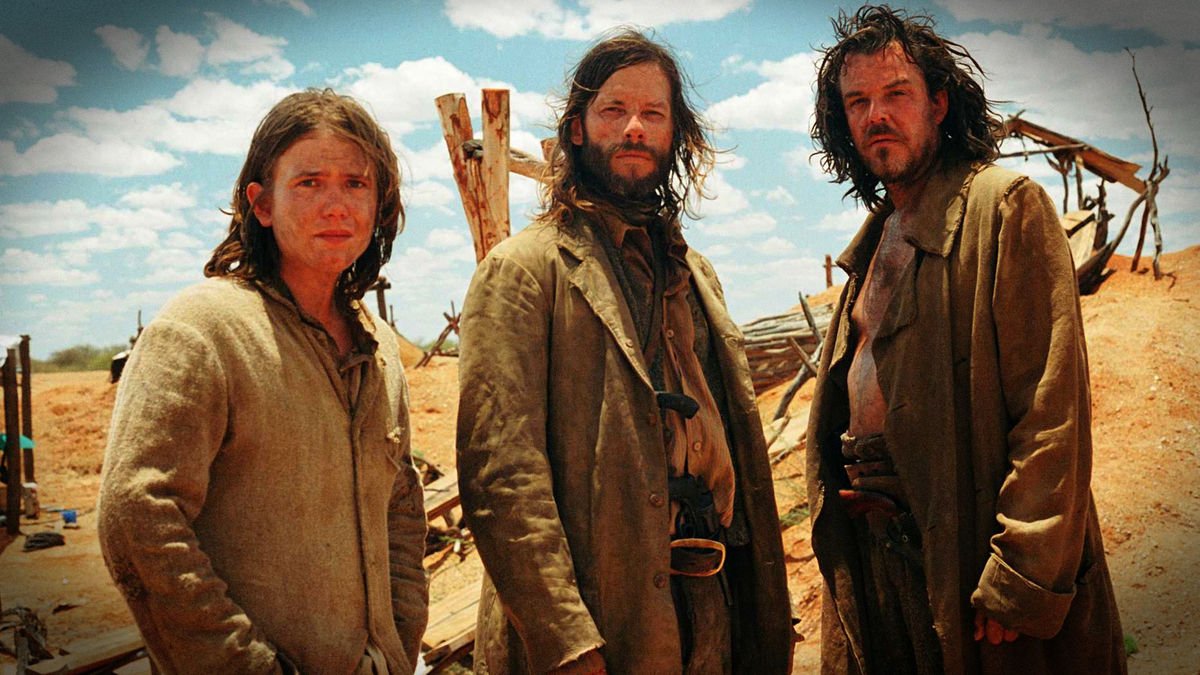
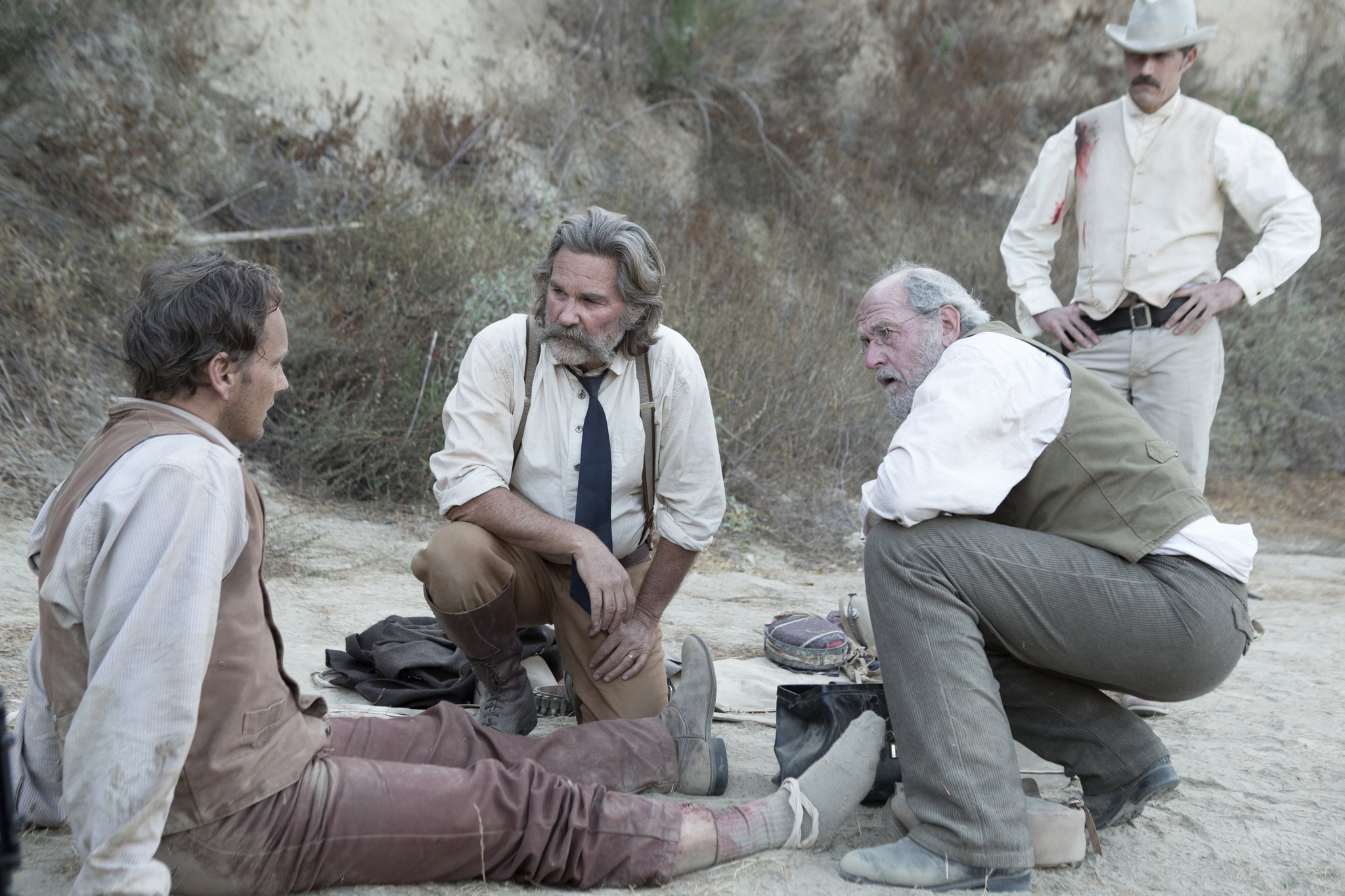
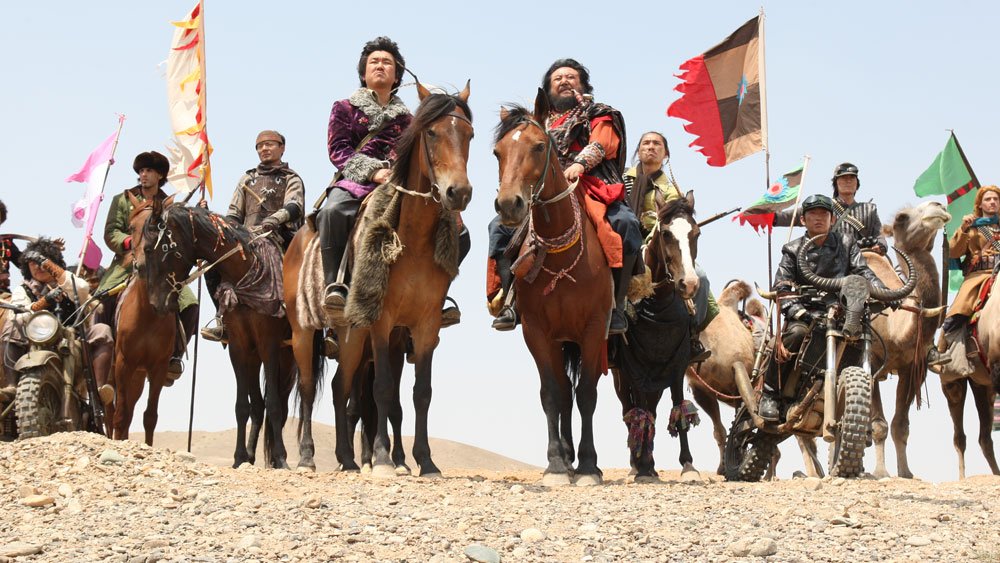
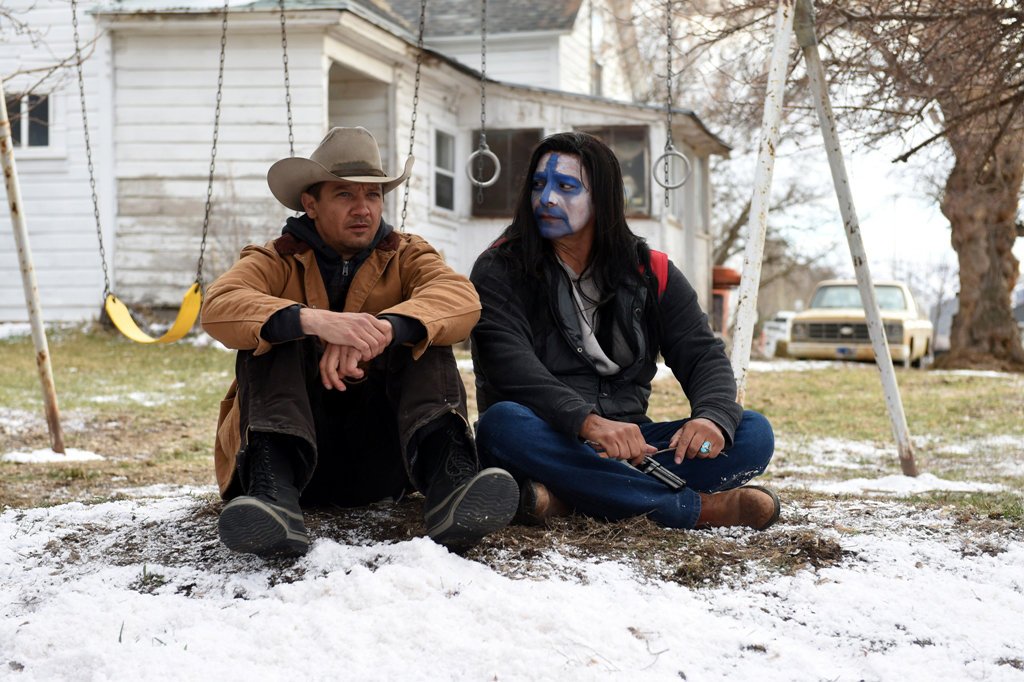
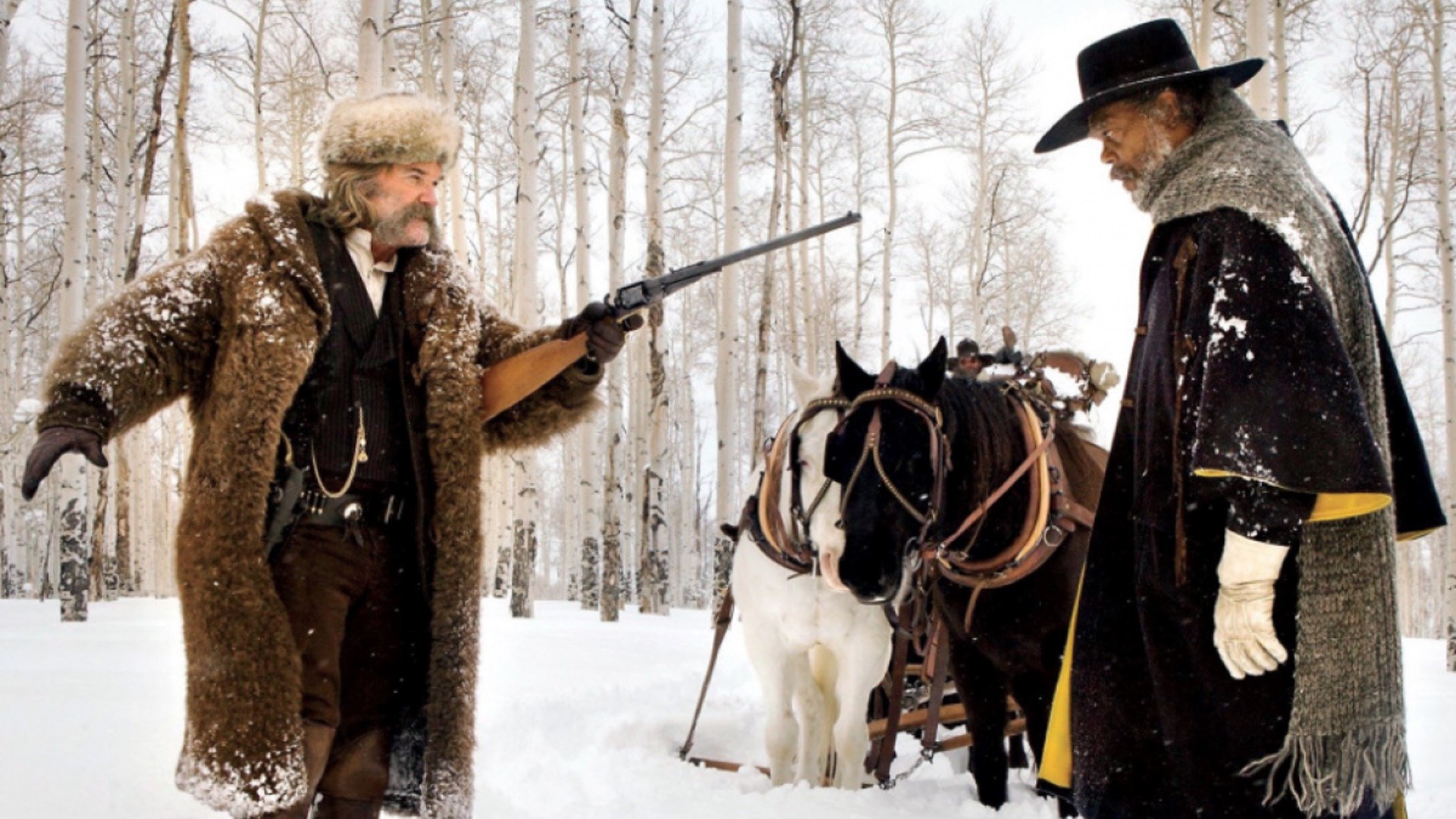
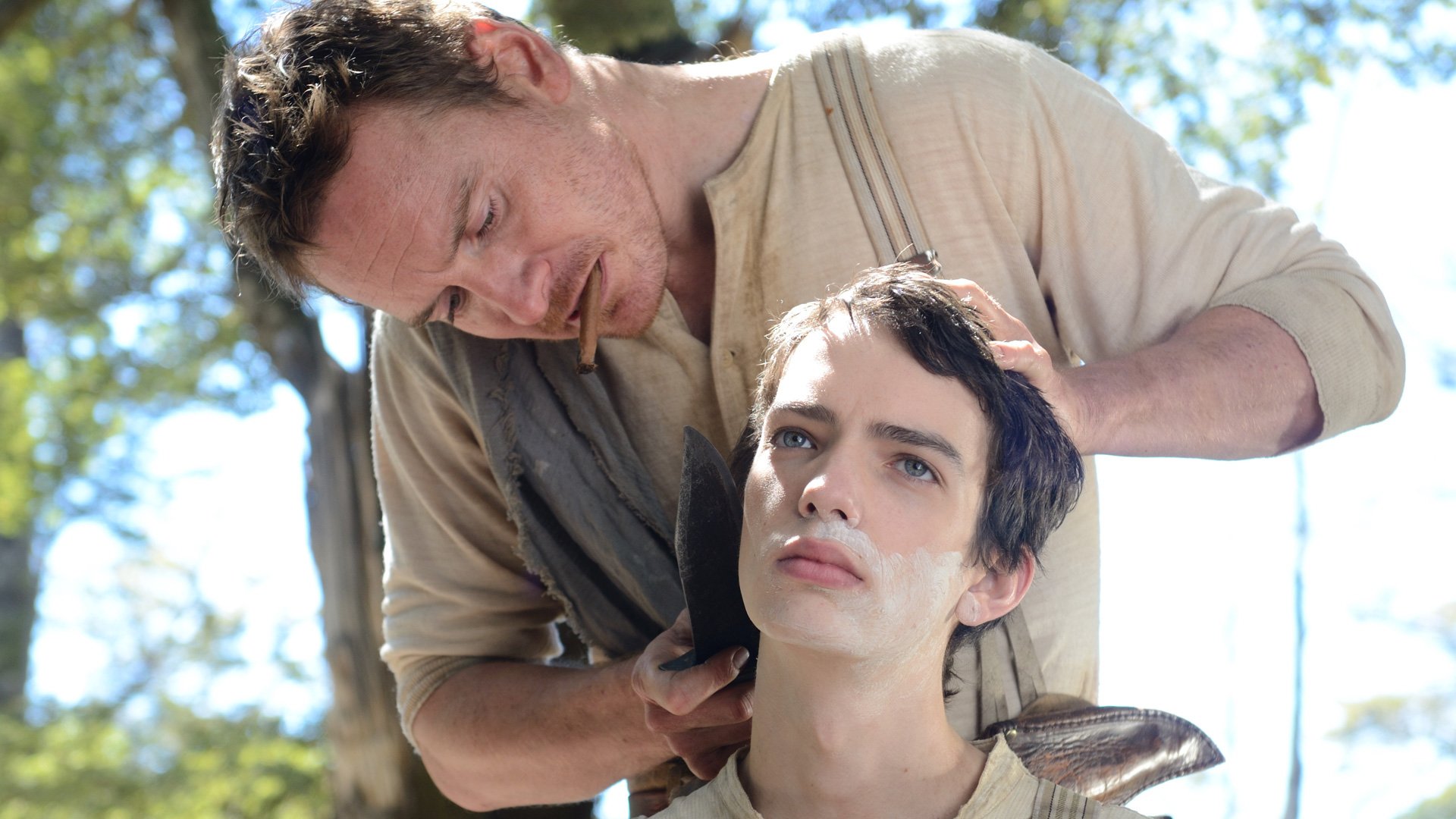
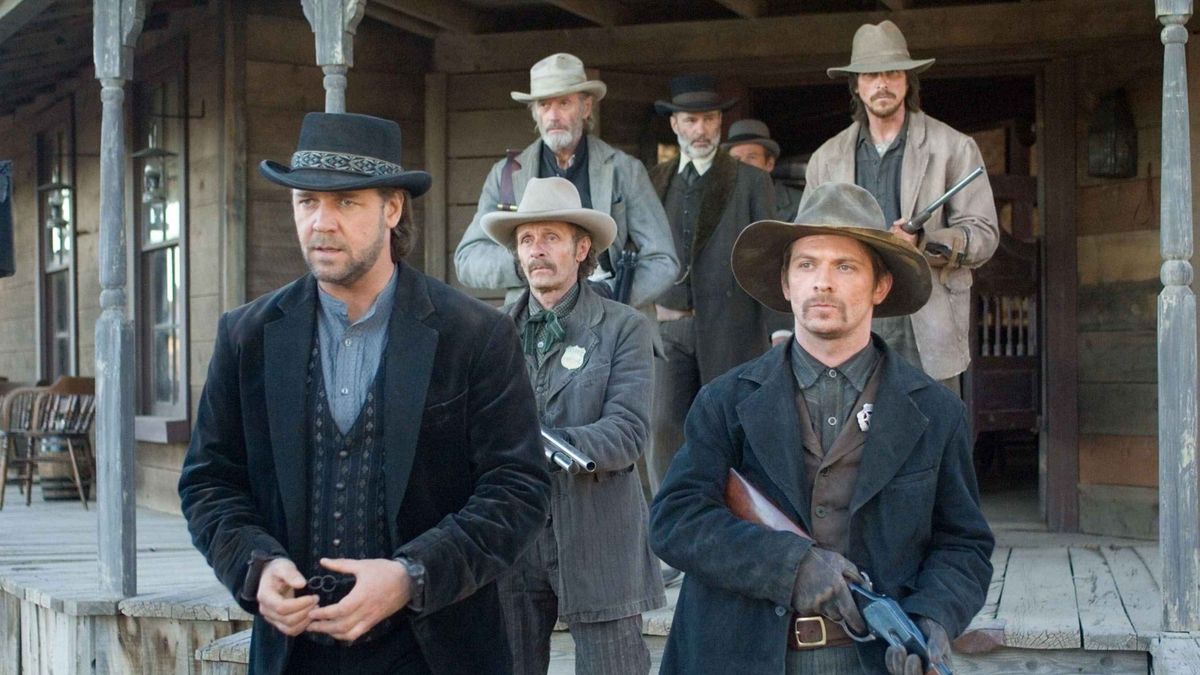
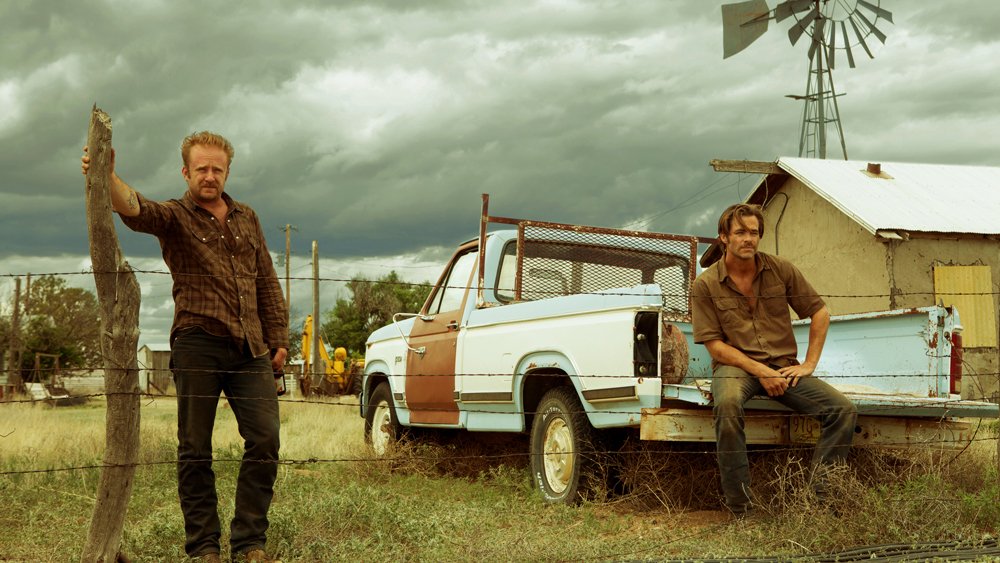
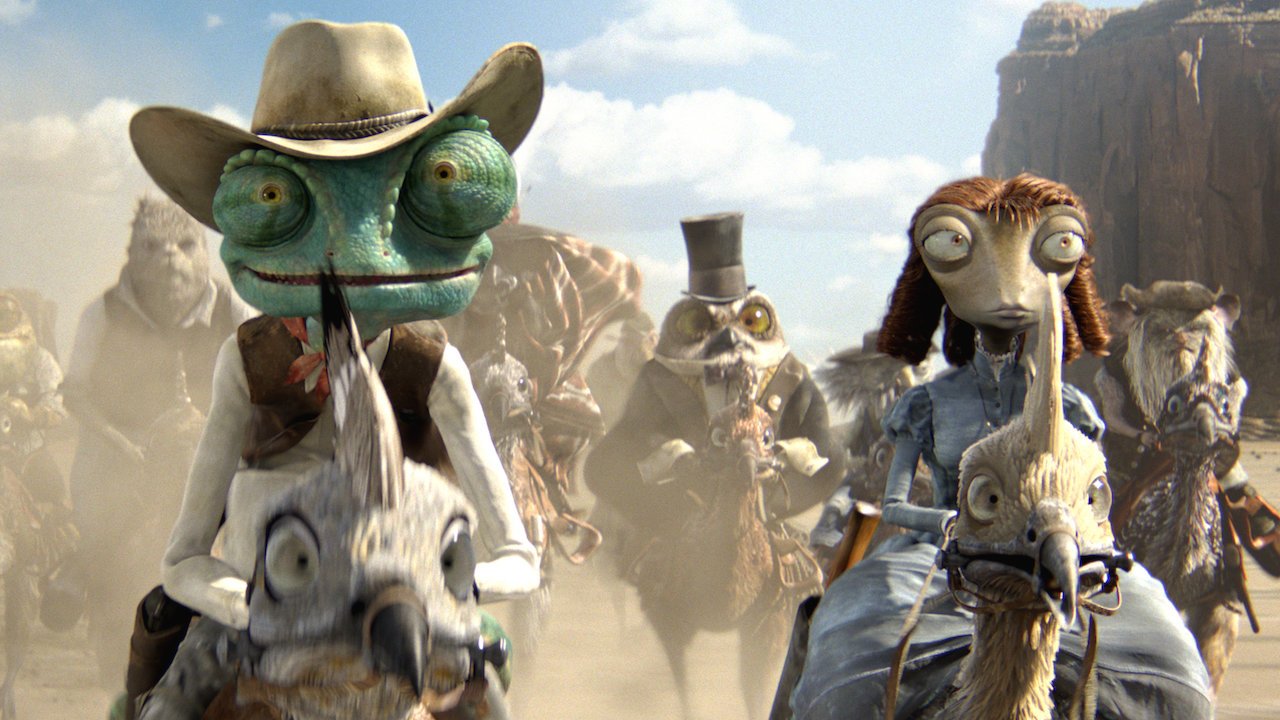
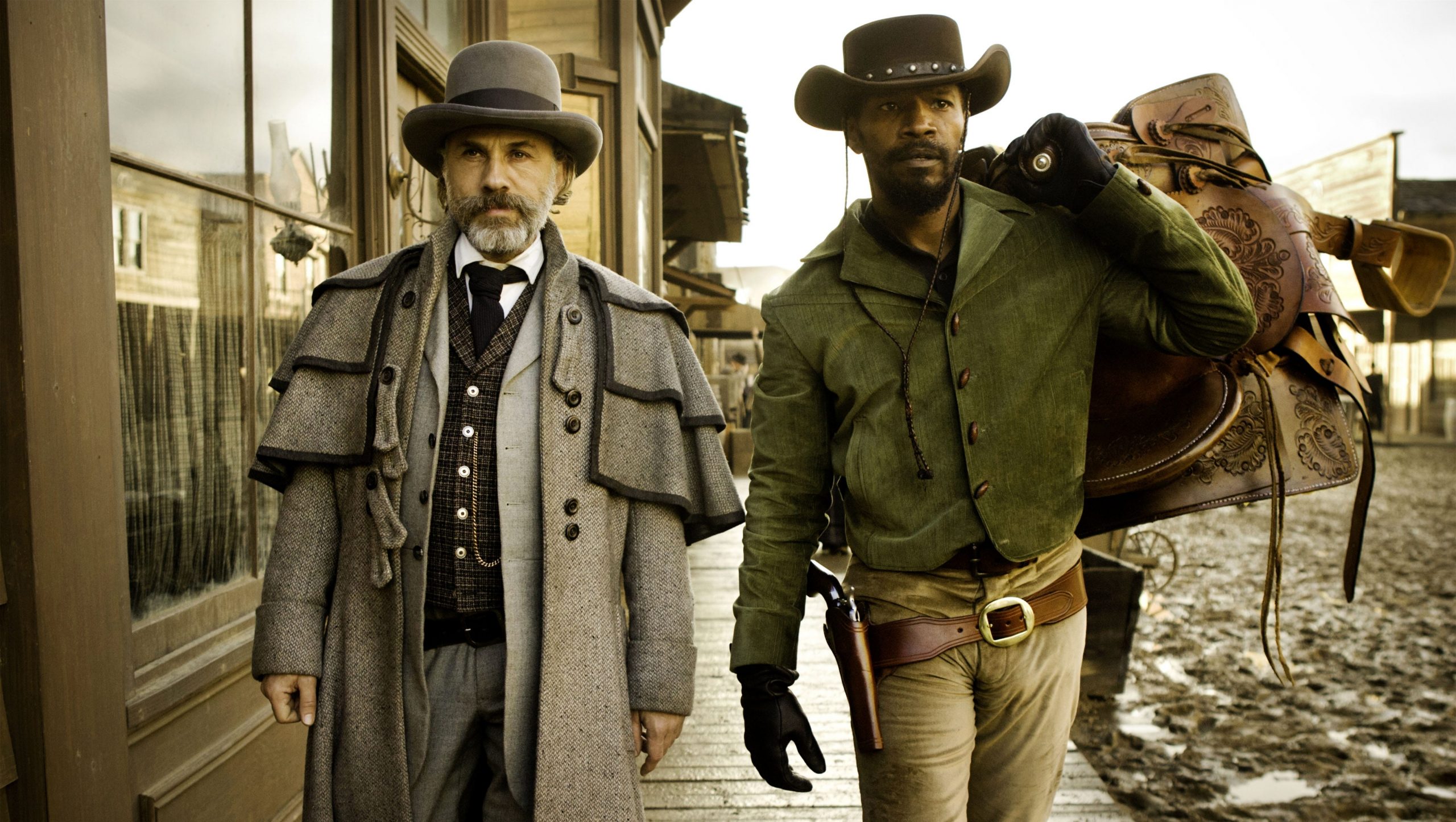
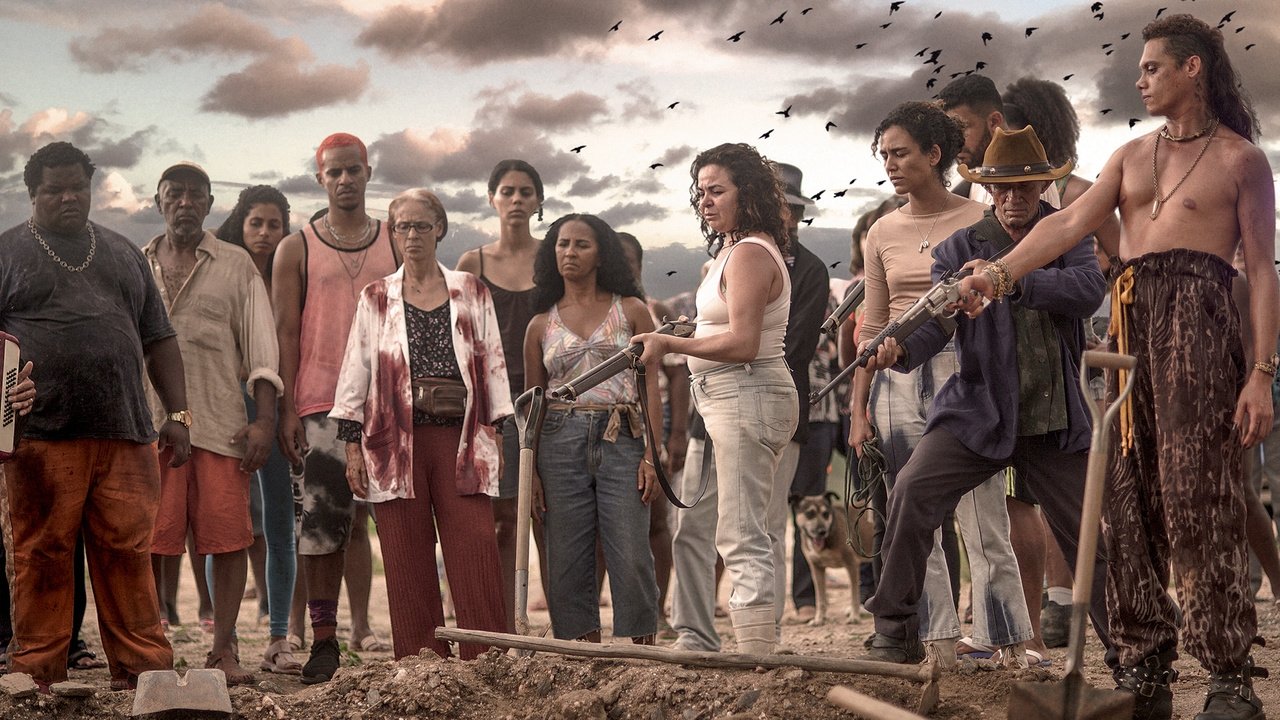
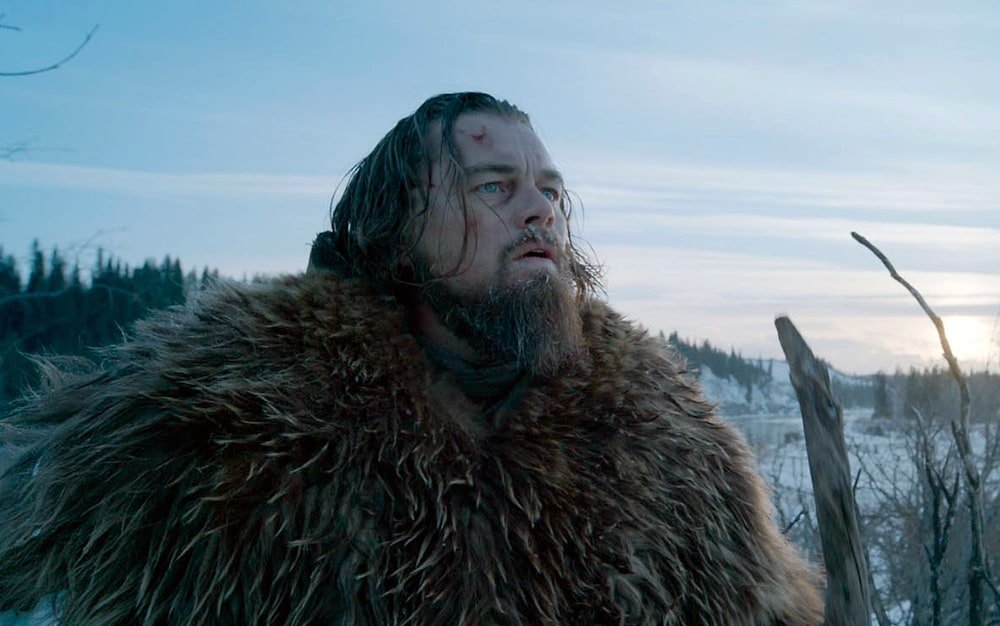
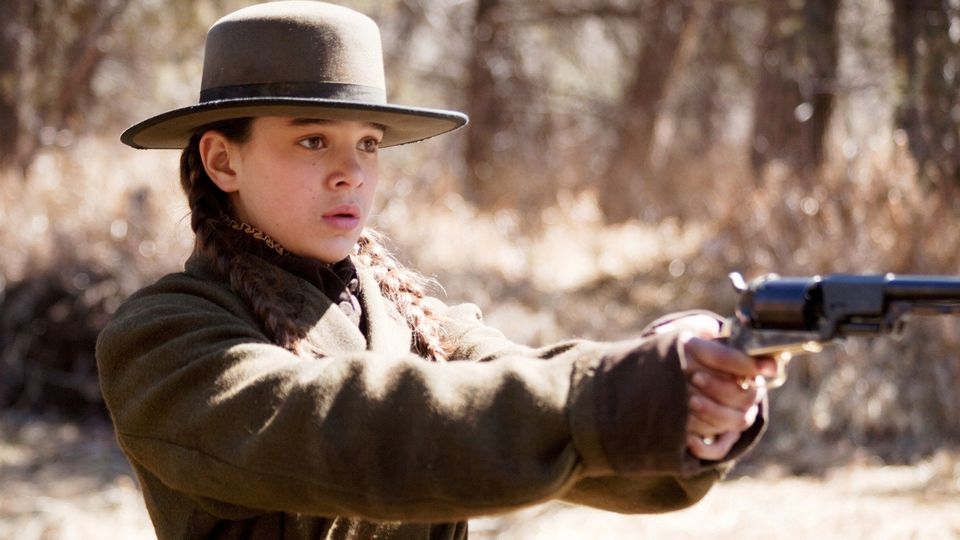
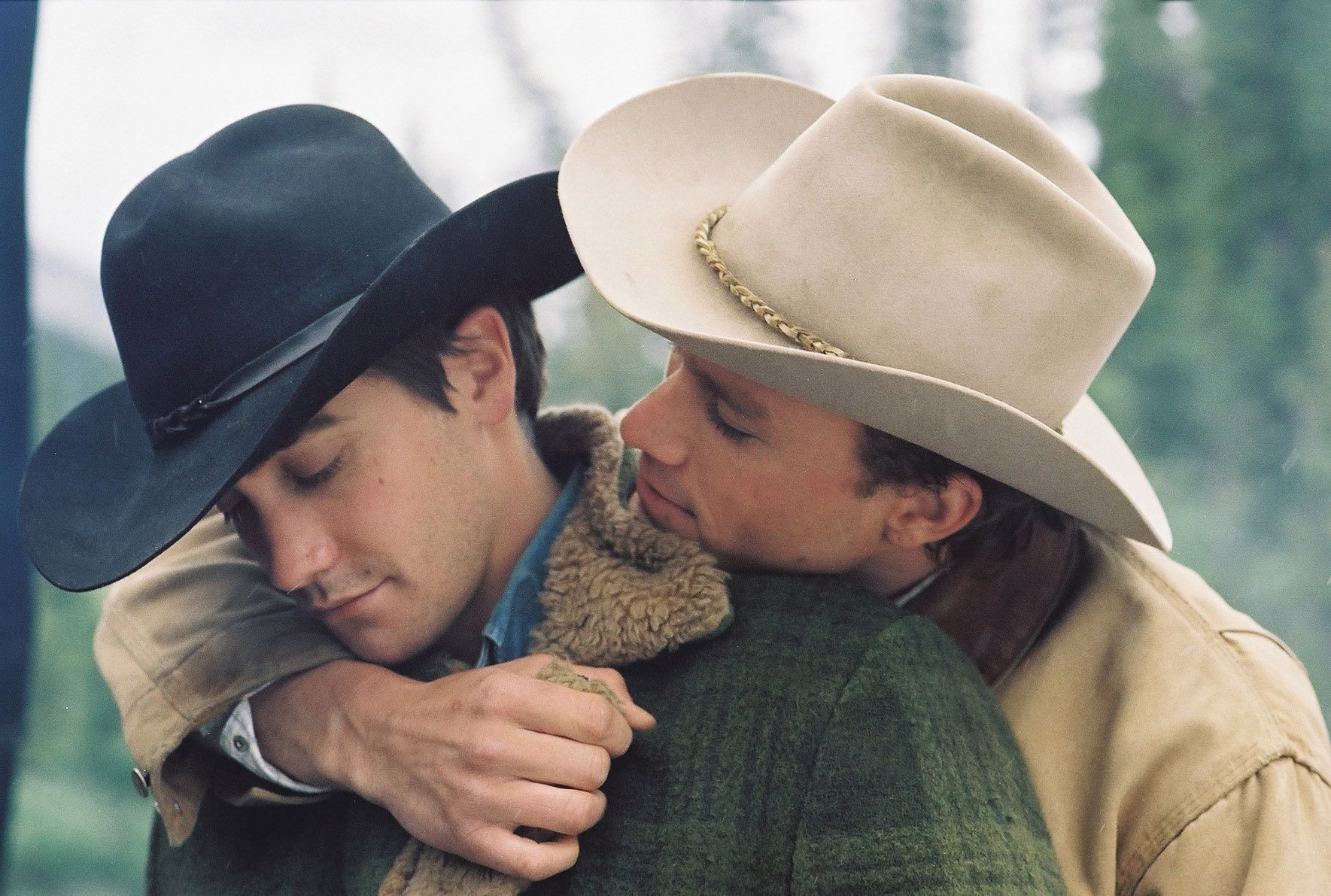
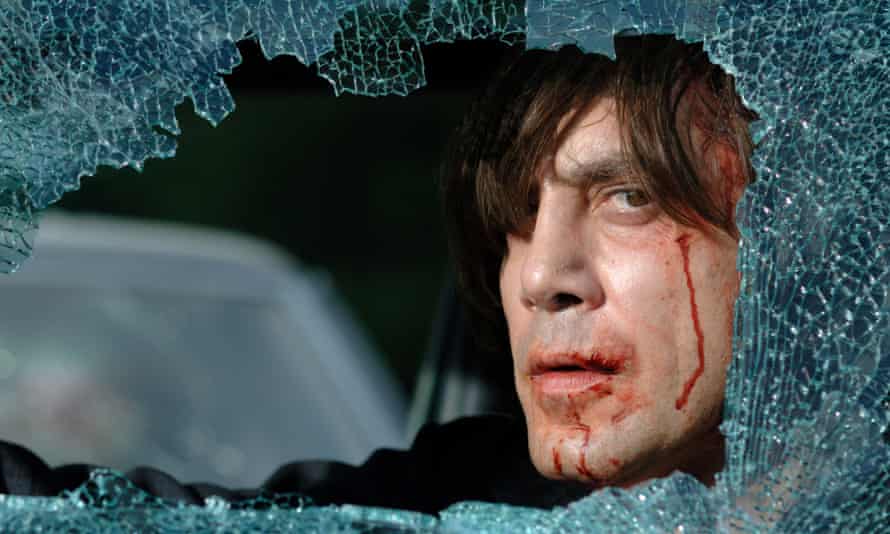
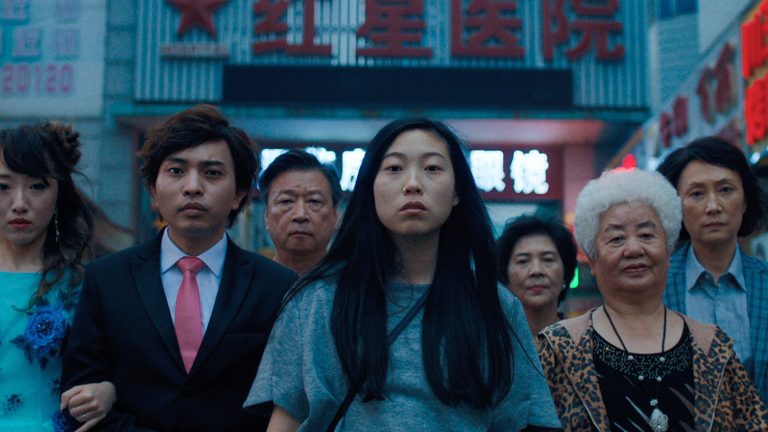
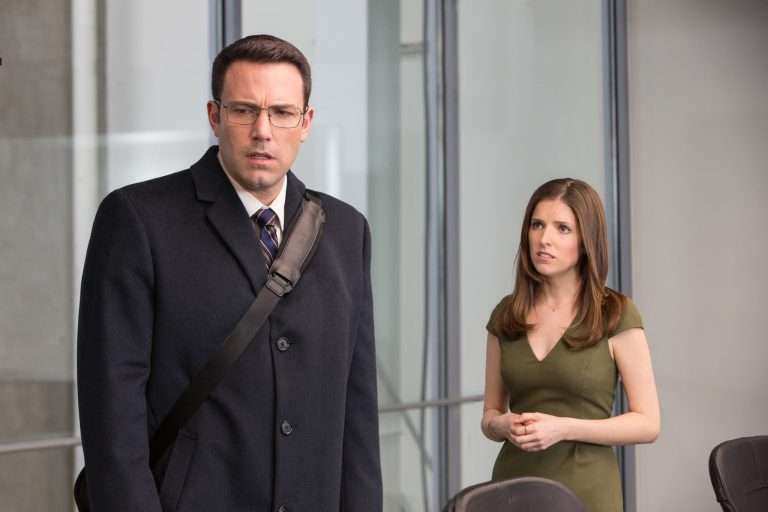
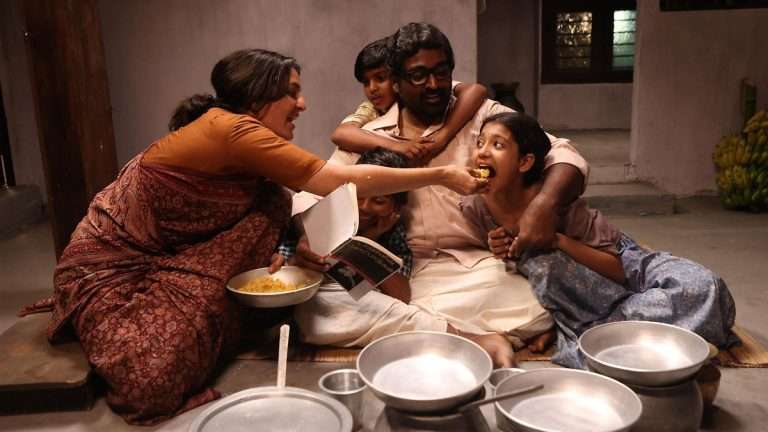
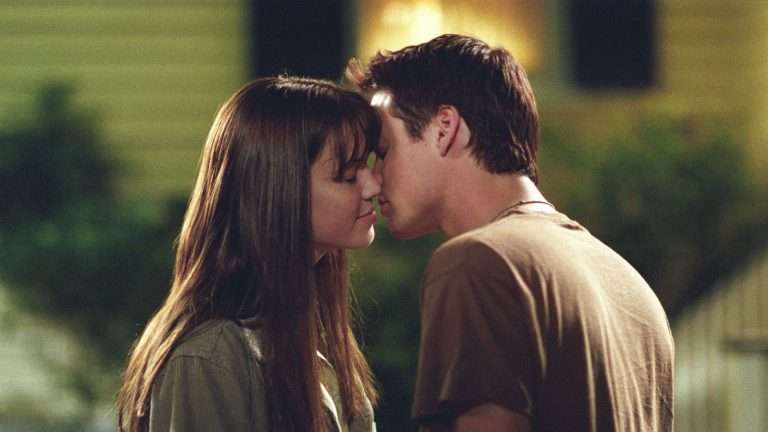
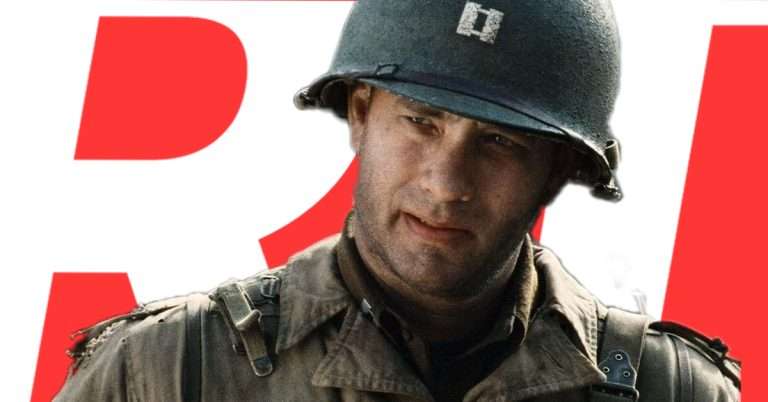
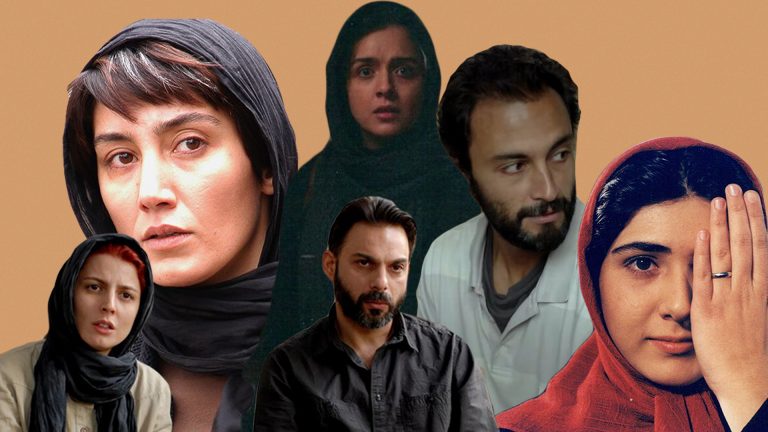
No Assassination of Jesse James has to be some kind of crime